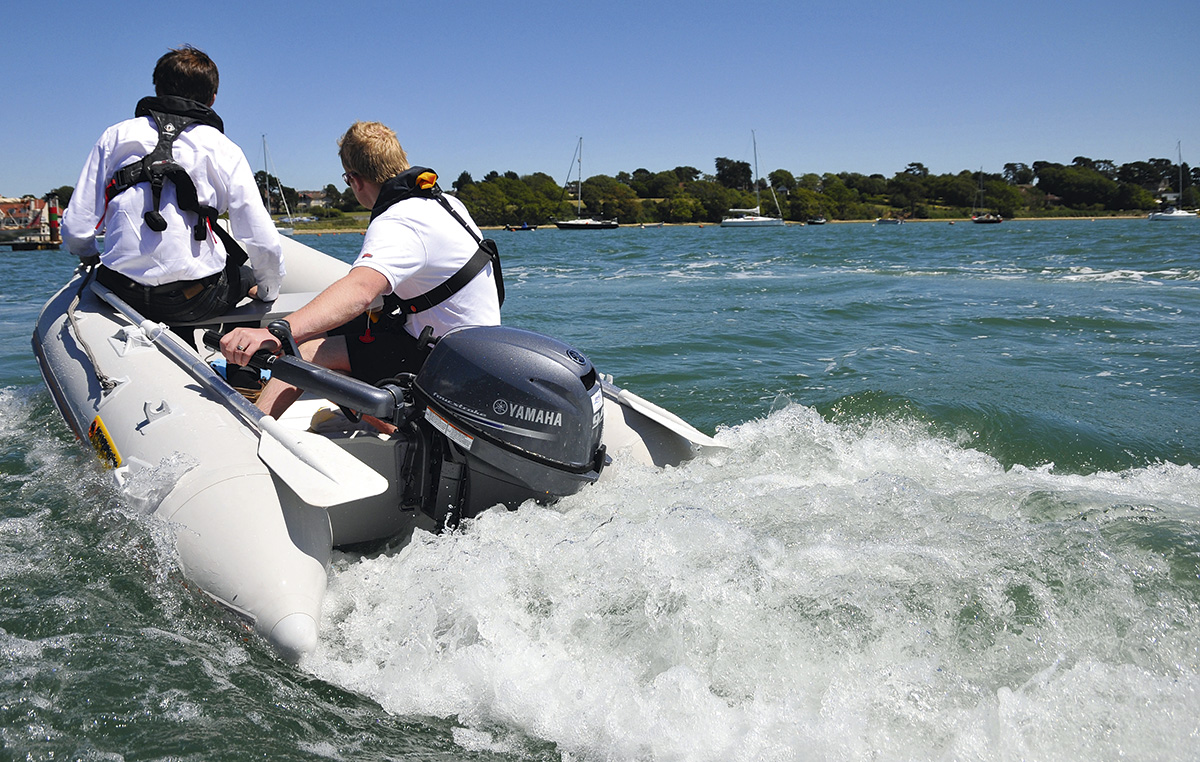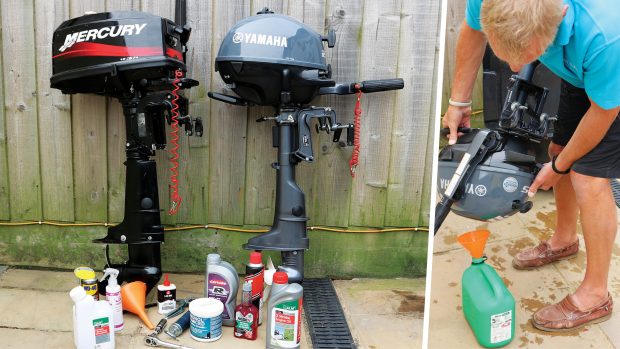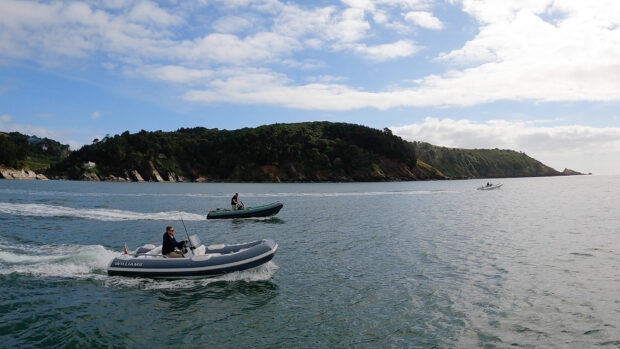We pit six of the best 10hp outboard engines on the market against each other for our latest group test
The 10hp outboard engine category is an incredibly important one. At this size a modern 4-stroke engine has enough grunt to get most tenders planing even with two to three adults on board.
Crucially, a 10hp outboard is also just about light enough to lug around (provided your back can cope with roughly 40kg).
You still won’t be breaking any speed records but a 10hp outboard on the back of a 3m tender feels pretty lively at 15 knots, and with two cylinders rather than one it will be a whole lot smoother too.
In short, it’s enough to turn your tender from a simple workhorse into a genuinely fun and capable addition to the mothership.
So with that in mind, we’ve brought all the market leaders together and pitched them head-to-head to see how they performed, and have even included a propane-powered alternative as our wild card.
Carrying the engines down a wet slipway then attaching them to the transom of a 2.9-metre Orange Marine tender gave us a chance to test how portable they are.
After a gentle warm-up spin we then tested them for acceleration, speed and noise. Manoeuvres around the marina also gave us a chance to see how usable the gears and throttle were, even at full lock.
How we scored them
We rated each of the engines for build quality, performance, refinement and ease of use, with a maximum of five stars in each category.
While any assessment of build quality includes an element of subjectivity, we based our ratings on the visible and tactile engineering of each engine as well as brand reputation and the length of warranty.
Performance is based on the figures we recorded in two different directions then averaged out to take account of wind and tide.
Bear in mind that the acceleration figure refers to the length of time taken to reach each engine’s top speed, so the faster the top speed the longer it should take to reach it.
Refinement refers largely to the sound levels we monitored at idle, cruise and top speed, but also includes our own assessment of engine smoothness and sound quality, not just volume.
Ease of use largely comes down to the weight and ergonomics of the design. Easy-to-reach, comfortable handholds are essential when carrying and lowering engines on to a transom and key controls like the gear lever, throttle and tilt mechanisms all play a key role.
The final MBY rating is not simply an average of the stars scored but how we rate them against their peers.











